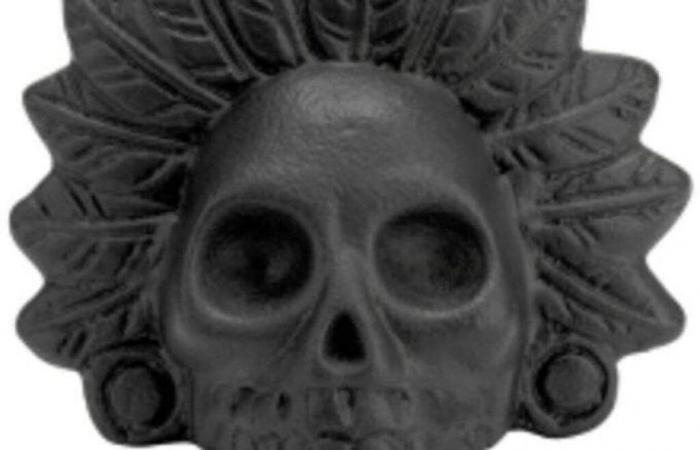
These skull-shaped whistles would have been used in particular to reinforce the mystical effects of the Aztecs' religious and sacrificial rituals. And according to a recent study, they still produce unpleasant sensations in humans, more than 500 years after the disappearance of this Native American people. We'll explain it to you.
The Aztec civilization has always had a mystical dimension in the collective imagination, and many fantasies still fuel the fascination with this people today. So much so that 500 years later, scientists are still trying to unravel its mysteries. This is the case of four researchers and a neuroscience researcher from the University of Zurich, in Switzerland, who were interested in the famous “whistles of death. »
In their study published on November 11, 2024 in the journal Communications Psychologythey are studying the effects of the whistling sound produced by these strange objects on the human brain. And their results could well dispel some myths about these artifacts.
Sounds worthy of the greatest horror films
“Death whistles” date back to the 13th centurye century to the 16the century, golden age of Aztec civilization. These people, located in the Valley of Mexico, and their traditions disappeared in the face of Spanish colonization, after the military defeat of 1521 against the conquistador Hernán Cortés. But it was not until much later, at the end of the 1990s, that cranial whistles were discovered.
Read also: Mexico. Mysterious gold bar found by worker comes from Aztec hoard
During an excavation at an Aztec temple in Mexico City, archaeologists find a headless skeleton of a sacrificed man, holding a small skull-shaped object in his hand. Ultra-advanced technology allows the whistle to emit shrill sounds between voice and scream, making them frightening and “ rather unique and unusual compared to historical and contemporary musical instruments” write the scientists of the study. Since then, this clay object with sounds worthy of the greatest horror films has continued to fuel spine-chilling theories.
Several scientific hypotheses
Several hypotheses are recalled in the study from the University of Zurich. First, they are called “death whistles” since the theory associates them with instruments of fear when facing the enemy, on the battlefield. Then, according to neuroscientists, the shape of the skull could “represent Mictlantecuhtli, the Aztec lord of the underworld, and may provide a link to Aztec sacrificial cults.”
The whistling, for its part, “reveals a possible association with Ehecatl, the Aztec god of wind, who traveled to the underworld to obtain the bones of previous world ages in order to create humanity”underlines the study. It is “ the hypothesis of the symbolism of the divinity”. And at the sight of the places where whistles were discovered, often burials with human sacrifices, a third theory emerges: that “ritual symbolism”. Indeed, many Aztec instruments were designed to imitate environmental sounds (wind), animals (bird calls), or humans (cries) for multiple rituals.
Strange effects on humans
To determine which hypothesis is the most probable, the researchers carried out psychoacoustic and neuroscientific analyzes on 70 volunteers to understand how the sound of the whistle was perceived by humans. First conclusion: despite being 500 years old, these objects still give goosebumps in our time.
Read also: Drawing of an Aztec agave alcohol god discovered in a church in Mexico
“Cranial whistles produce a harsh, piercing sound” et “human listeners participating in our experiments rated the cranial whistle sounds as very negative,” can we read in the report, but also “frightening”, “aversive” et “unnatural”. Thus, nature “natural-artificial hybrid of sounds” is ambiguous for our brain, and then leaves us with a disturbing sensation. The hypothesis of ritual symbolism then appears much more probable than that of war. And the fear that these whistles still cause still has a bright future in our biggest nightmares and horror films.





